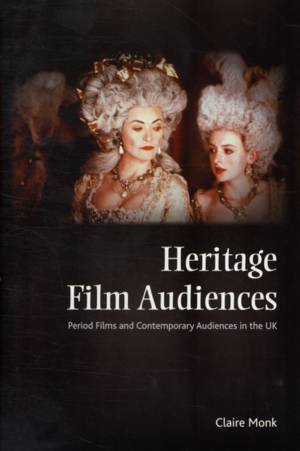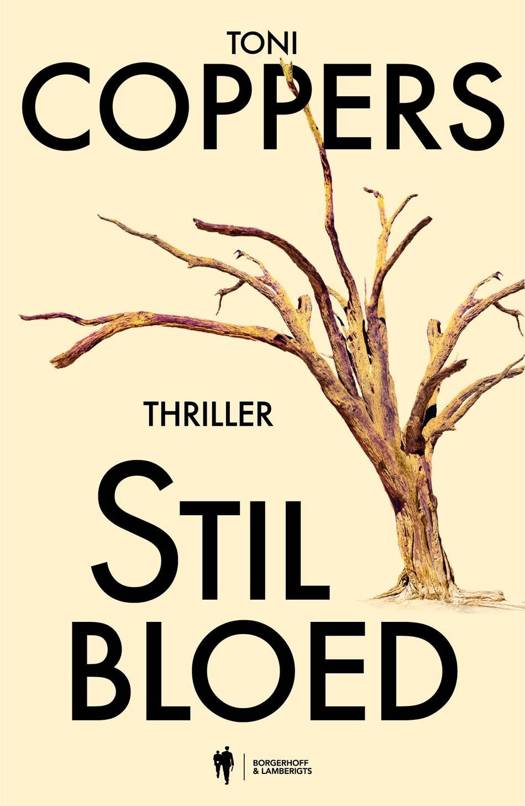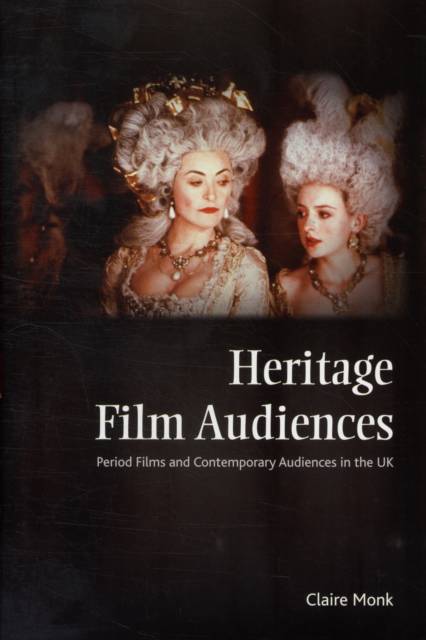
- Afhalen na 1 uur in een winkel met voorraad
- Gratis thuislevering in België vanaf € 30
- Ruim aanbod met 7 miljoen producten
- Afhalen na 1 uur in een winkel met voorraad
- Gratis thuislevering in België vanaf € 30
- Ruim aanbod met 7 miljoen producten
Zoeken
Heritage Film Audiences
Period Films and Contemporary Audiences in the UK
Claire Monk
Hardcover | Engels
€ 140,95
+ 281 punten
Omschrijving
The concept of 'heritage cinema' is now firmly established as an influential - as well as much-debated and contested - critical framework for the discussion of period or historical representation in film, most prominently with reference to British heritage and post-heritage film successes since the 1980s, but also to comparable examples from Europe, North America and beyond. These successes have ranged from Merchant Ivory's A Room with a View, Maurice, Howards End and The Remains of the Day, via Jane Austen adaptations such as Ang Lee's Sense and Sensibility to post-heritage adaptations such as Sally Potter's Orlando. Yet the very idea of the heritage film has rested on untested assumptions about its audiences. This book breaks significant new ground in the scholarship on contemporary period films, and makes a distinctive new contribution to the growing field of film-audience studies, by presenting the first empirically based study of the audiences for quality period films. Monk engages directly with two highly contrasting sections of these audiences, surveyed in the UK in the late 1990s, to explore their identities, their wider patterns of film taste, and above all their attitudes and pleasures - in relation to the period films they enjoy and on issues central to debates around the heritage film, literary adaptation and cultural value - with illuminating and unpredicted results.
Specificaties
Betrokkenen
- Auteur(s):
- Uitgeverij:
Inhoud
- Aantal bladzijden:
- 248
- Taal:
- Engels
Eigenschappen
- Productcode (EAN):
- 9780748638246
- Verschijningsdatum:
- 30/06/2011
- Uitvoering:
- Hardcover
- Formaat:
- Genaaid
- Afmetingen:
- 157 mm x 236 mm
- Gewicht:
- 521 g

Alleen bij Standaard Boekhandel
+ 281 punten op je klantenkaart van Standaard Boekhandel
Beoordelingen
We publiceren alleen reviews die voldoen aan de voorwaarden voor reviews. Bekijk onze voorwaarden voor reviews.








